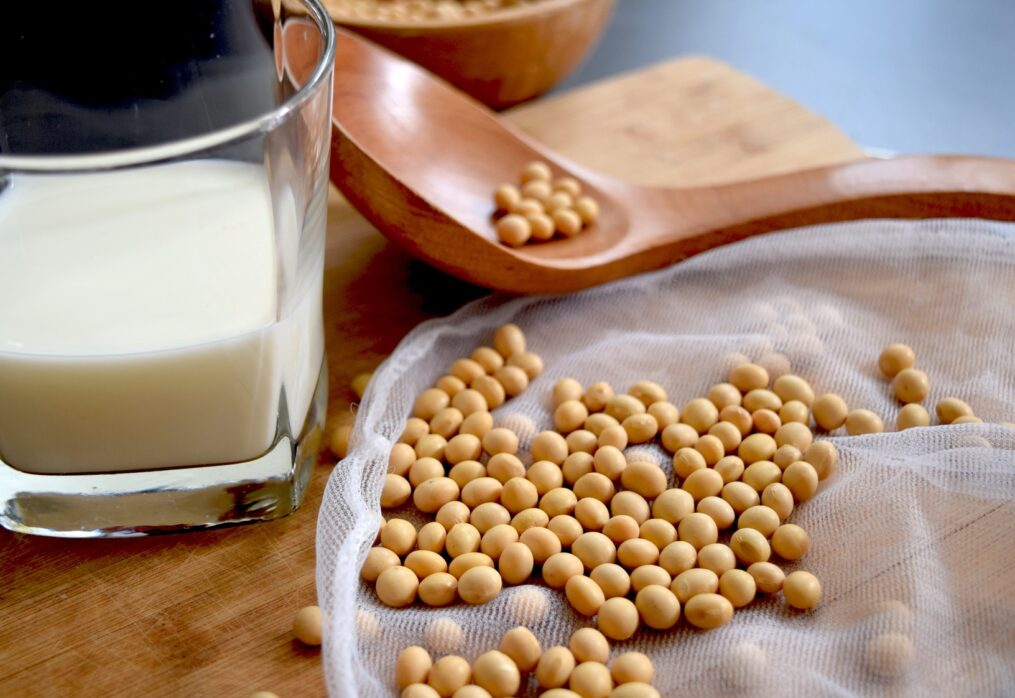Global soybean exports: forecast for the near future and next season
Global soybean exports: what to expect from the oilseed market
Analysts have revised the forecast for the oilseeds market. According to them, the world export of soybeans in the next six months will decrease to about 84 million tons. In the previous period, it was about 92 million tons. The main reason for the decline in supplies is a reduction on the part of South American producers.
Soybean exports from states in this region are projected to drop by more than 16 million tons to 64.5 million tons in the next six months. For example, Brazil, which is the largest producer here, will reduce shipments to 60 million tons.
This situation will have a positive effect on American farmers. It should be noted that the decline in soybean production in South America increases dependence on imports from the United States. U.S. shipments are expected to reach almost 17 million tons, almost twice as much as in the previous period.
Total oilseed exports for the marketing year are forecast at 156.4 million tons. For comparison, last season’s shipments were just over 165 million tons. Analysts expect the USA to supply the world market with more than 58 million tons, and Brazil — with 82 million tons. As for the world soybean production in the next season, IGC forecasts a growth of 11% compared to the current period. According to experts, the volume will reach 387 million tons, which will be the maximum value for a long period. Soybean sales will also increase, by about 8%. The main buyers are Asian countries, with China being the leader. Here the demand for the products is not decreasing.
As for the world soybean production in the next season, IGC forecasts a growth of 11% compared to the current period. According to experts, the volume will reach 387 million tons, which will be the maximum value for a long period. Soybean sales will also increase, by about 8%. The main buyers are Asian countries, with China being the leader. Here the demand for the products is not decreasing.
Producers in the U.S. and South America are planning to increase soybean acreage in order to increase volumes. Canada and EU countries are interested in expanding the area under rapeseed cultivation, especially since the demand for it is growing. Consumption of the crop is expected to increase by 7%. And interest in sunflower may decrease by 3%, a number of importers of sunflower oil prefer to increase the purchase of palm oil, which is cheaper.
In contrast to oilseeds, global cereal production will decrease by 40 million tons and will be at the level of about 2.2 billion tons. These figures are associated with a drop in the harvest of wheat, sorghum, and corn. At the same time, consumption will also decrease, but only slightly. World stocks by the end of the year will fall. Sales are forecast to decline by 3%, to the level of 404 million tons, primarily due to lower demand for corn and barley.
